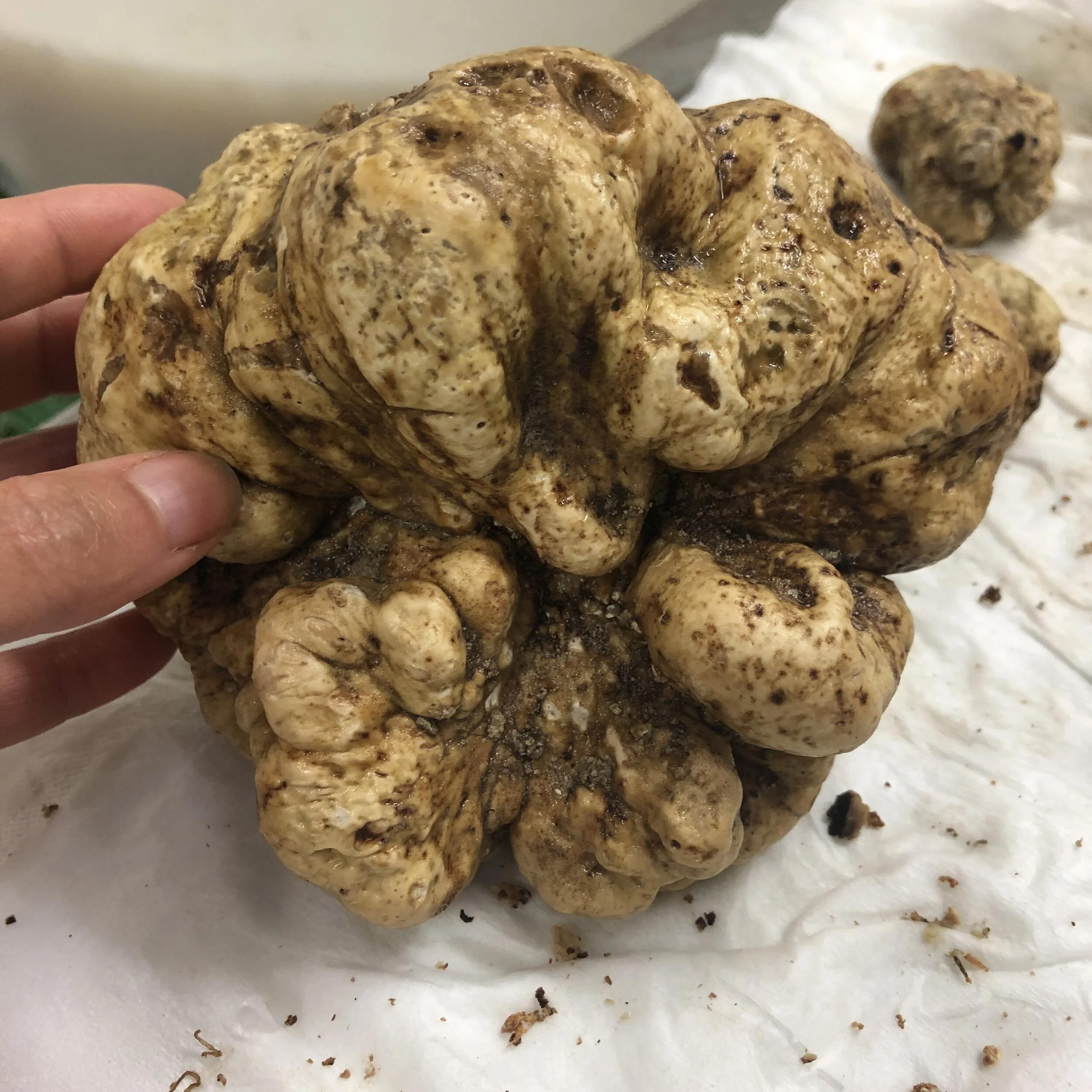Mischiglio is a multigrain pasta from the deep south region of Basilicata, part of the so-called cucina povera. Because of its association with poverty, it was cast off when economic conditions improved, as it was an unpleasant reminder of difficult times. As is true with many foodways of poor rural communities, this pasta is being reassessed as a tradition and symbol of resilience and resourcefulness.
Tortelletti - 1570 Bartolomeo Scappi
White truffles: the agony and the ecstasy
Sweet Spice mix
This spice mix is recorded in Bartolomeo Scappi’s cook bookOpera (1570). It is a Medieval mix that persevered through to the Renaissance, though every chef would have put his (alas, in Italy, yes) signature mark on it. This is a reference page that will function as a link for the verious occasions in which this genreral spice mixture is required on The Eternal Table.
Buttery Pea Pie
Verjuice: The Green Revelation
Verjuice is a sour condiment made from the juice of unripe grapes that adds an acidic zing due to the presence of tartaric and malic acid and is an essential staple of historical Italian cookery. The Italian word agresto derives from Latin, directly referring to its sour quality rather than the color. Its use in Italy dates back to antiquity, although the stability and and popularity of balsamic vinegar and widespread cultivation of the less perishable lemon, which started in the 15th century, would eventually make verjuice obsolete.
Mostaccioli - Neither a Cookie Nor a Cracker Be
Mostaccioli, a spiced biscuit, can be traced back to ancient Rome through the recipe called mustaceos, recorded in the wine chapter of Cato’s farming manual De Agricultura. The fundamental ingredient is 'mosto', or reduced grape juice. They went on to become the most ubiquitous biscuit in the Middle Ages and Renaissance, with recipes that varied in the extreme.
Zeppolle, Cepolle, Frittelle – Chickpea, Chestnut and Walnut Fritters
Those who cook regularly from cookbooks generally develop a certain sensory literacy, that is, they can read a recipe and connect with how it is going to feel, smell, and taste, just as a musician can hear a written score without playing the music. But with historical recipes, so much is vague, missing, or unknown that it is difficult to grasp the outcome to the degree that one might with a modern recipe. Here is an example of a historical recipe that seemed straightforward enough at the outset, but turned out to be unexpectedly challenging.









